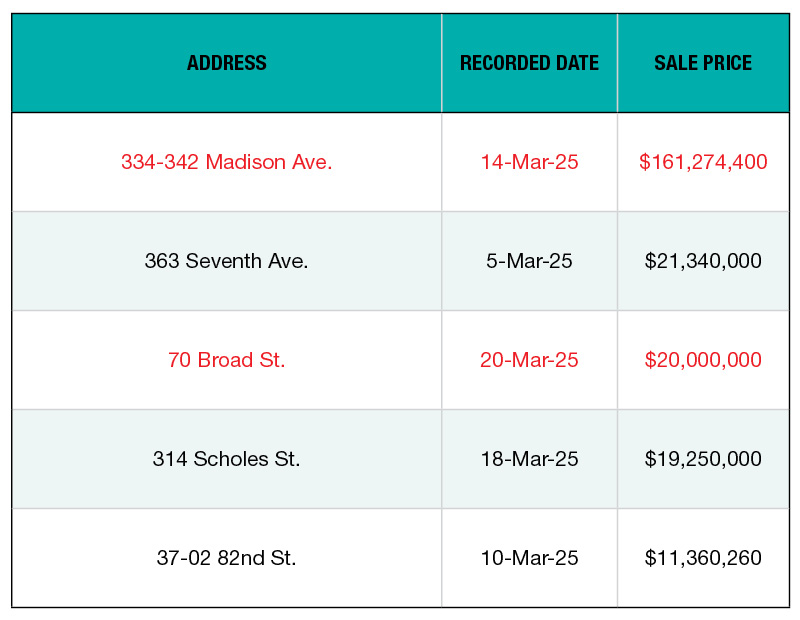Are 721 Exchanges the 1031 of 2024?
One key advantage of the UPREIT structure is the diversification it offers, writes Avison Young's Jonathan Hipp.

Wise tax strategies are an intrinsic part of investing, and that’s why the 1031 exchange is popular in real estate. Named for the section number of the Internal Revenue Code that makes it possible, the 1031 exchange allows the investor to sell one property without paying capital gains tax and buy another of equal or greater value. The mechanism can help build your investment on a tax-deferred basis.
However, current market conditions can prove challenging, which is why investors might consider another strategy: the 721 exchange. Instead of selling properties and buying others, the entire portfolio is exchanged with a real estate investment trust for a share of ownership. Such an arrangement, done with an umbrella partnership REIT, or UPREIT, provides some benefits that might be more attractive than the 1031, particularly for portfolios of properties.
READ ALSO: Moving Forward—Finally!
Both 721s and 1031s offer tax deferrals of substantial value in building wealth and estate planning. They differ in strengths, weaknesses and processes. The 1031 is most useful for single properties because each must be matched to a replacement asset of equal or greater value, making the disposal of a commercial real estate portfolio complex and more time-consuming.
There are restrictions and challenges to the 1031. From the date of the first property’s sale, the investor has 45 days to identify the new property and another 135 days to close—a total window of 180 days. All the money gained from the sale—which must be received by a qualified intermediary—has to be applied to the purchase. There are variations, such as acquiring the new property before selling the old or using the sale’s proceeds to finance a build-to-suit replacement. The sale requires marketing time and a willing buyer who can find financing. The purchase needs a willing seller of a suitable property and, again, a lender. Even after expected Federal Reserve rate cuts, interest rates will remain high compared to recent years, making transactions more costly. Also, the investor is responsible for replacing any vacancy and operating the new property.
The alternative
In contrast, a 721 can be used for single properties or portfolios depending on the UPREIT. The investor exchanges properties at net asset value for equivalent share ownership—via operating partnership units—in the UPREIT. In return, the UPREIT operates the property and pays regular shares of what is now passive income. There is often more liquidity in a 721 than in a 1031 because the UPREIT shares may be more easily sold and the holder can convert and sell any portion of the shares, keeping the tax advantage for the rest. The process is faster than using dual sales and purchase activity, and the disposal of a portfolio is easier than undertaking a series of 1031 exchanges. Taking part in an UPREIT means greater investment diversification, even if the owned properties are of the same type. There are also many estate-planning options with an UPREIT.
A 721 also has some downsides. UPREIT conversion of OP units into regular REIT shares or a sale of the investor-traded property triggers immediate capital gains taxes. The investor should examine the creditworthiness of the REIT, which is the entity that has to equitably and reliably share its annual income. And there are fewer UPREITs than property buyers, so finding one may be more difficult.
However, given current market conditions, a 721 may prove to be easier, faster and more flexible than a 1031—not only for a single property but even more for a portfolio.
Jonathan Hipp is principal, capital markets & head of the U.S. net lease group at Avison Young. He is a regular Viewpoint contributor. His most previous article can be found here.







You must be logged in to post a comment.